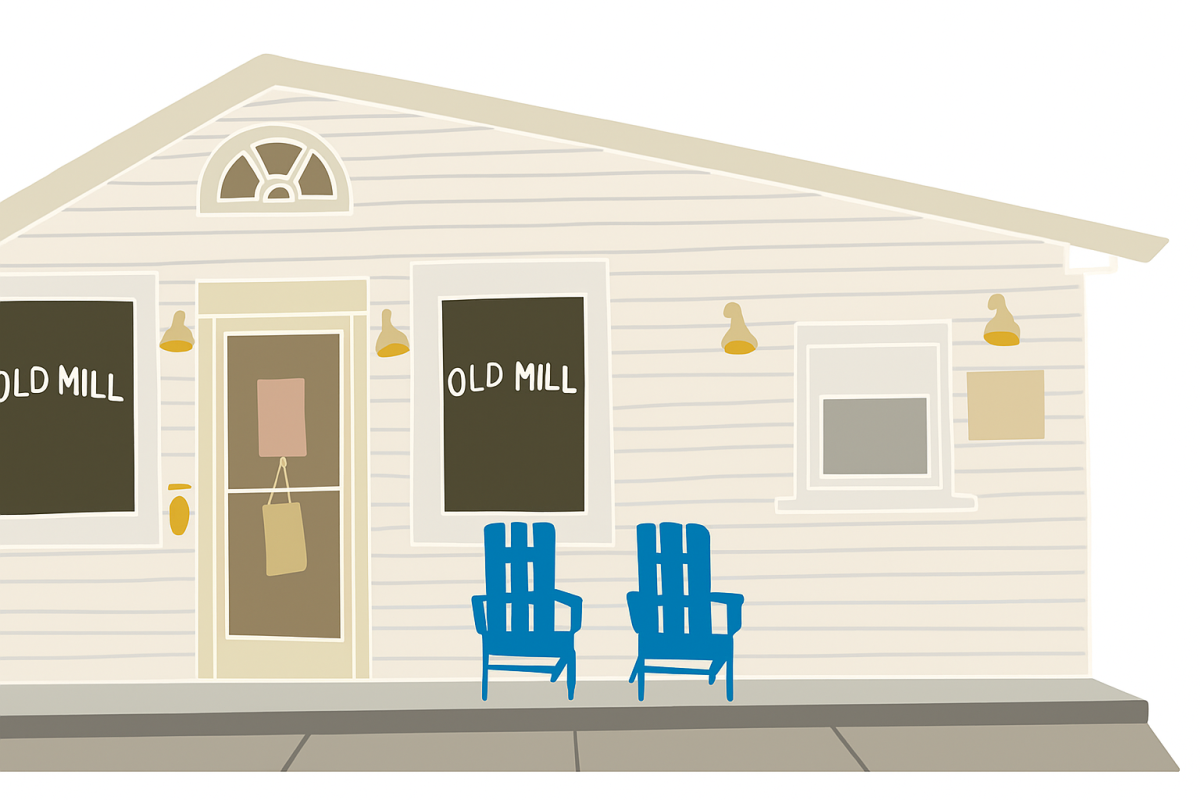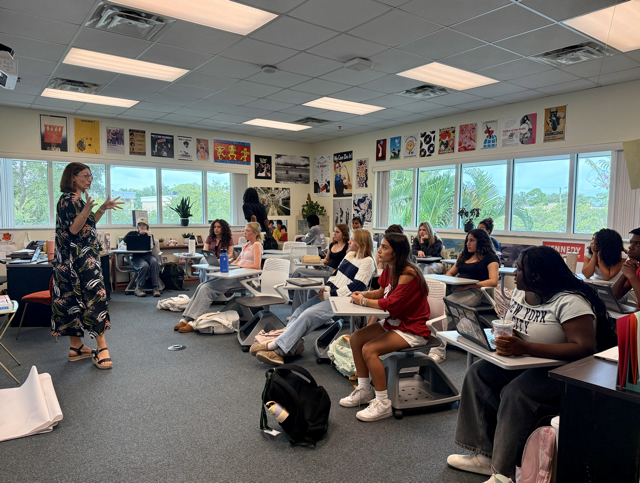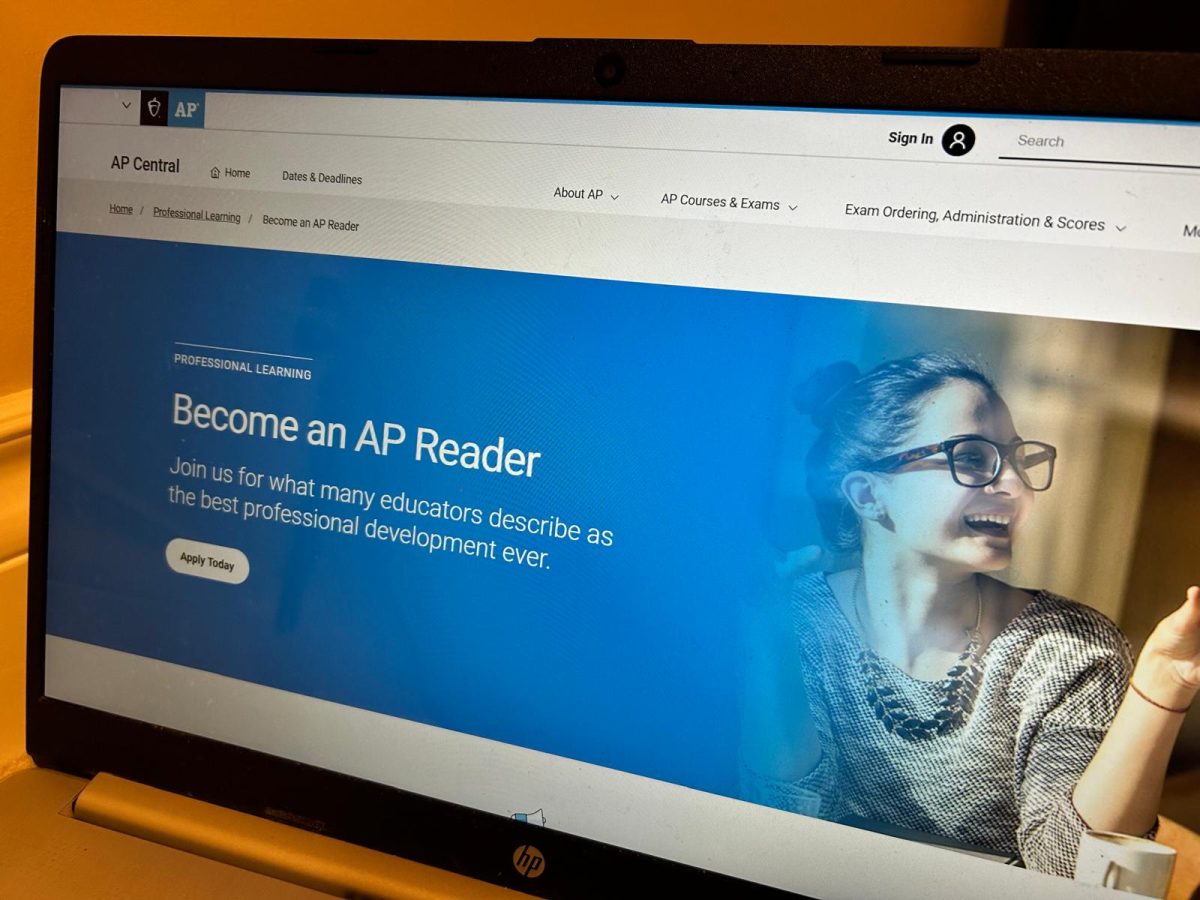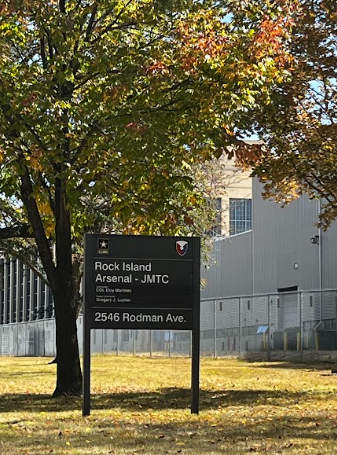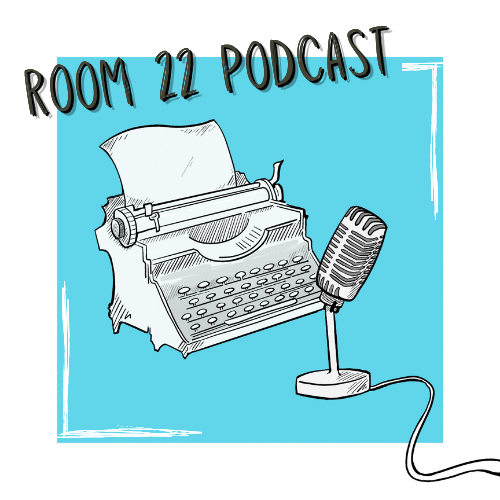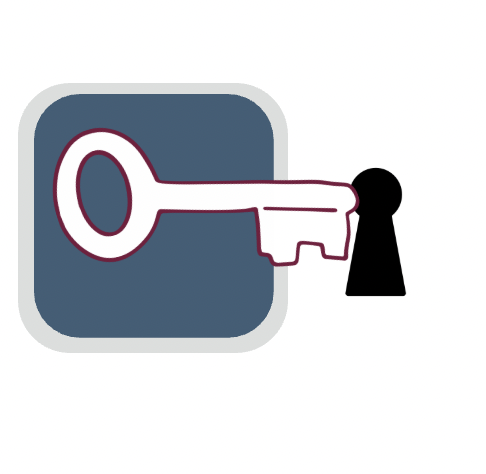Across the country and the world, high school students take Advanced Placement (AP) exams administered by the College Board during the first two weeks of May, typically as the culmination of a year of coursework. Later in July, students reopen their College Board accounts to check their scores, often with the hopes of qualifying for college credit.
During the weeks between the exams and score releases, about 30,000 teachers, known as AP readers, work together for hours behind the scenes to grade millions of free-response questions (FRQs) with the level of consistency akin to an assembly line.
George Washington University Online High School (GWUOHS) history department lead Daniel Kelly, an AP reader for AP U.S. History, was struck by the efficient structure and standardization of the grading process.
Kelly teaches AP U.S. History and AP U.S. Government and Politics at GWUOHS and has been grading FRQs for the AP U.S. History exam every summer since 2023.
Out of all of the FRQ prompts available for the exam, each reader is trained specifically on one question’s criteria and how to score it.
The AP U.S. History exam alone contains short-answer questions (SAQs), long-essay questions (LEQs), and document-based questions (DBQs), with prompts varying for different regions. Yet Kelly, for example, only graded responses to one of the multiple DBQ prompts during the entirety of this summer’s reading.
Each week, Kelly read through and scored approximately 600 student essays that answered the one prompt he was trained on. He believes this system enables readers to naturally become very comfortable with the question they grade, maximizing the efficiency and accuracy of the process.
“You’re just assigned one of them, so you can grade them a lot quicker. So, normally, within one day, you were grading, you know, well over 150,” Kelly said.
Graders are required to read through every page of each response, even if the essay is incoherent or irrelevant to the prompt, on the slight chance that a student may have scored a point somewhere in the middle.
“Even if you get done reading the introductory paragraph, like maybe they didn’t get the contextualization point, there’s no thesis, you looked at the bottom, there’s no thesis restated, so you’re like, ‘All right, they don’t have that.’ But you’re reading through, and they could be writing about something not even related to the question, but maybe they just got the one point for using four documents just by generally describing them,” Kelly said.
Kelly recalled his amusement from occasionally stumbling into responses where students would leave pleas to the readers or ramble about their life stories in the midst of their essays.
“One was, you know, ‘Take it easy on me, I ran out of time, but trust me that I do know this topic, but I didn’t have enough time to write it, so grade me kindly.’ And obviously I had to put a zero for that, because they didn’t hit on any parts of the rubric, but just some of the responses, sometimes they’re very surprising on what you would read,” Kelly said.
High school AP teachers and college faculty who teach an equivalent post-secondary class are eligible to apply and potentially become AP readers. The College Board requires all AP readers to be legally authorized to work in the U.S.
When Kelly initially received the opportunity to become an AP reader, he had already long admired AP classes for the critical thinking skills they nurtured. He hoped to use the chance for his own professional development.
Through this experience, he discovered valuable insights about what happens behind the scenes for AP exams.
“You develop and refine your own understanding of the AP exam, the expectations, so then I can improve that as well in my own classroom teaching,” Kelly said.
AP readings occur between late May and early June at several convention centers spread across the U.S. Some graders, including Kelly, opt to score exams off-site from home. AP readers are paid $30 per hour for their work, including time spent in training sessions. Teachers can also earn continuing education units through their participation.
AP readers are split into multiple teams, each one managed by a table leader with significant grading experience. The table leaders themselves report to a question leader who oversees all the readers grading that particular question.
During the days leading up to the live reading, table leaders host several training sessions, and readers complete asynchronous training modules and quizzes. For the next step, readers practice scoring a pre-graded student response for table leaders to assess their readiness. The trainee’s job is to match the original score as closely as possible.
According to Kelly, readers who even have a one-point discrepancy from the response’s expected score are flagged by the table leader and can potentially fail their training.
“I’ve never been flagged, and I’ve made it out of all the three years, but if you are flagged, then you have to go through a special meeting with your table leader and have a more deeper training,” Kelly said.
Even after the live reading begins, readers are held to a high standard. An online system tracks and stores every response that a reader grades. From time to time, table leaders visit the tracker and check in to ensure that their readers are abiding by the rubric’s standards.
“Without you even knowing it, looking at your own live grades, and they’ll be like ‘All right, your grades are a bit off, you’re scoring this point too high, or you’re scoring this point too low consistently,’ and you need to make adjustments,” Kelly said.
Senior Nihaal P.*, who took AP U.S. History last year, found Kelly’s feedback in class assignments to be beneficial in preparing him for the exam.
“He told me that I need to learn to write quick and concise in order to be successful in the AP exam. He told me and other students he knew this since he himself was an AP grader. Additionally, Mr. Kelly prepped me and others well by being strict in grading and giving meaningful feedback for each error,” Nihaal said.
According to data from the College Board, 99% of AP readers who have participated more than once attribute their reading experience to enhancing their classroom teaching and grading. For Kelly, his experience as an AP reader increased his own confidence in accurately grading students and equipping them for the exam.
“If they come and want to ask me questions or challenge my score that I gave them, I can feel very confident in telling them that as well, like, ‘Hey, this is what the expectation for that is,’ and I know that ‘cause I actually grade them from there and learn that right from the people that create the exams and work for the College Board,” Kelly said.
*Last name withdrawn for student privacy, per school policy.
This story was originally published on GW Chronicle of the YAWP on October 14, 2025.


